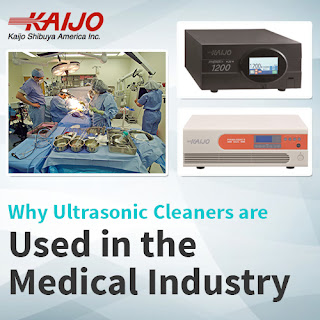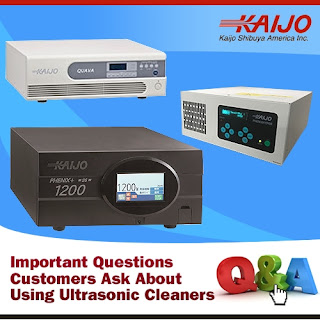Metal components often suffer from rust and/or
corrosion if they are not treated and protected, even stainless steel. To
prevent corrosion, metal is treated with various finishing processes such as
passivation, which consists of increasing the thickness of the oxide layer.
However, for the metal finishing to be
effective, it first needs be completely clean before the process is applied. If
the part is not completely clean, the oxide layer may leave gaps, which is
possible for the rust to attack through the holes. Using industrial
ultrasonic cleaners means the impurities are removed and
contamination is not an issue.
When contaminants are present, they can
prevent passivation process keeping acid away from the surface of the metal.
This keeps the thicker layer of chromium oxide from forming. When the surface
of the metal is not cleaned completely, passivation may allow some surface
areas to rust and may damage the part itself.
Industrial ultrasonic cleaners are the
ideal solution to clean various parts, including metals that are to be treated
with anti-corrosion finishing processes. Ultrasonic cleaners remove impurities
from the metal part surface to allow the finishing to produce a seamless oxide
layer.
Industrial
ultrasonic cleaners use high-frequency sound waves in a
cleaning tank of water to dislodge particles and contamination from the
surfaces of metal parts. In an ultrasonic cleaning system, transducers are
immersed in a cleaning tank and produce the sound waves in the liquid. The
ultrasonic sound waves create microscopic cavitation bubbles that deliver a
scrubbing action when in contact with the surface of the parts which are being
cleaned. Dirt, oil, grease and other contaminants are easily removed.
Kaijo provides a full product line of Industrial
Ultrasonic cleaning equipment that
can be used in a wide range of cleaning applications to effectively remove
contamination for parts and components. This is something that traditional
cleaning with manual scrubbing or using harsh chemicals cannot easily achieve.
The complete article, “How
Ultrasonic Cleaners Protect Components from Rust”
goes into further detail. If you have questions or would like to set up a free
consultation to discuss your particular needs, contact Kaijo Shibuya by email
at info@kaijo-shibuya.com
or call 408-675-5575.
















